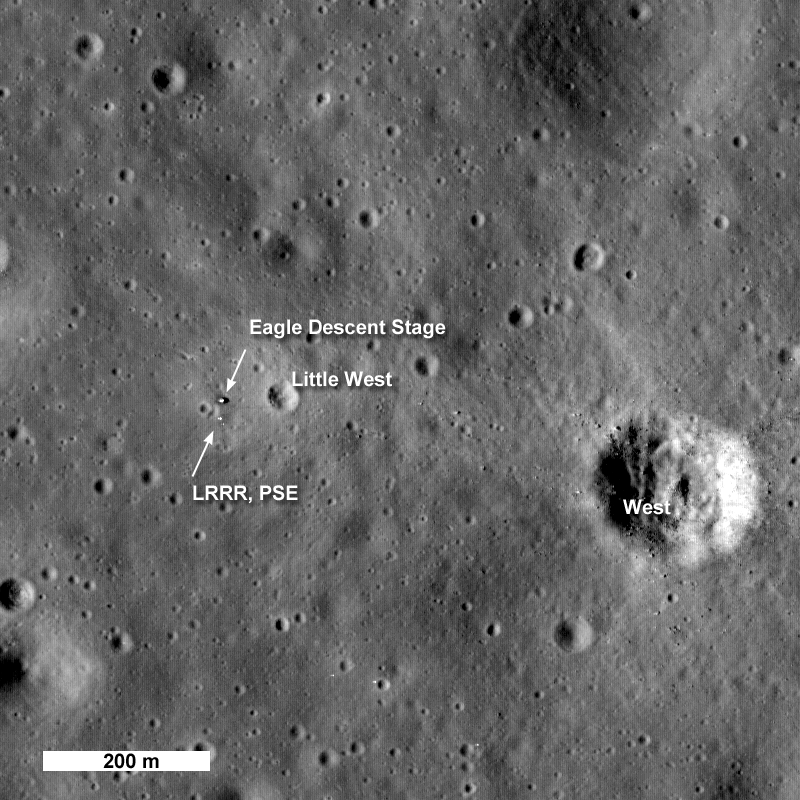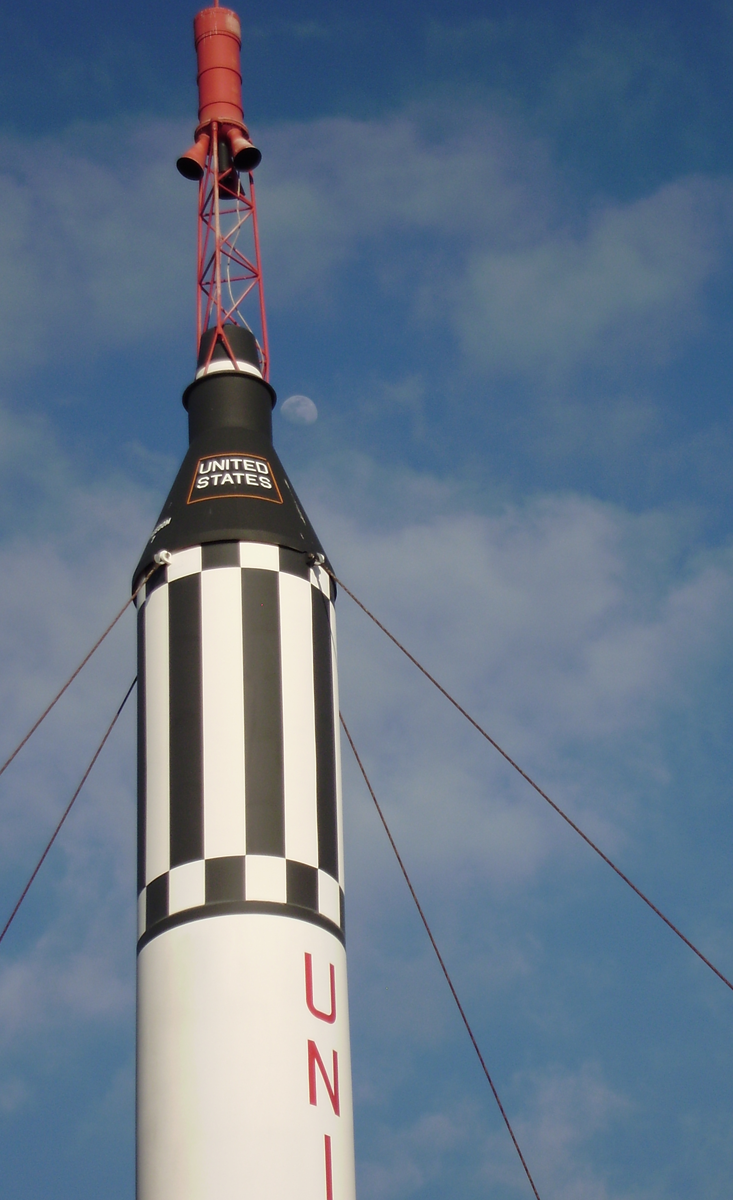

Most of those are less than 660 feet (200 meters) in diameter, dating back more than 3 billion years. Since the crater is so large, it contains many much smaller craters inside it.

Chang’e 4 should be able to help answer that question. Scientists are wondering those basaltic rocks are any different from the basaltic rocks on the near near of the moon. After the crater first formed, its floor was covered by eruptions of basaltic lava, similar to the eruptions in Hawaii last summer. The landing site is within Von Kármán crater – about 110 miles (180 km) in diameter – on the far side of the moon. This image is a simulation of the lunar far side, via Alan Dyer ( on Twitter). The Chinese Chang’e 4 lander touched down in the Von Kármán crater on the moon’s far side. Chang’e 4 successfully de-orbited and landed. It entered lunar orbit four days later, where mission controllers spent 22 days testing the spacecraft’s systems, waiting for the sun to rise at the landing site. Jason Davis at the Planetary Society said:Ĭhang’e 4 itself launched on December 8, 2018. The event was covered extensively on Chinese media and by some media in the West. Go to LROC’s website to view more images of Chang’e 4Ĭhang’e 4 landed on January 3 at 02:26 UTC (10:26 a.m. It’s a system of three cameras mounted on the orbiter that capture high resolution black-and-white images – and moderate resolution multi-spectral images – of the moon’s surface. The images were released at the website of the LROC, which stands for Lunar Reconnaissance Orbiter Camera.

To see all the images, go to LROC’s website. Image via NASA/GSFC/Arizona State University. Wider view of the Chang’e 4 landing site from LRO. Both the Chang’e 4 lander and Yutu 2 rover are visible in this image, taken by the Lunar Reconnaissance Orbiter on January 31, 2019. The rover only shows as two tiny pixels, but it is there, as well as shadows from both the lander and rover. Even the lander was only a few pixels across.īoth the rover and lander are visible, however, in the second image taken the next day.

Only the lander, not the smaller rover (called Yutu-2), was visible in this image, since LRO was over 124 miles (200 km) from the area at the time. It shows the landing site in an oblique limb-shot view, looking across the floor of Von Kármán crater. The first new image – shown above – was taken on January 30, 2019. NASA released the LRO images on February 8, 2019. Help EarthSky keep going! Please donate what you can to our once-yearly crowd-funding campaign. It rolled 70 degrees to the west to acquire the spectacular image above. One month later, NASA’s Lunar Reconnaissance Orbiter ( LRO) passed over the spot where the Chinese spacecraft and rover rested on the lunar surface. The first-ever successful landing on the far side of the moon took place just last month – Janu– when the the Chinese National Space Administration ( CNSA) safely set down its Chang’e 4 spacecraft. For a closer look, see the image below this. Thus the Chang’e 4 lander is only about two pixels across (bright spot between the two arrows), and the smaller Yutu-2 rover is not detectable. At the time of this image, LRO was 205 miles (330 km) east of the landing site. Image of the moon’s far side, taken January 30, 2019, via NASA’s Lunar Reconnaissance Orbiter (LRO).


 0 kommentar(er)
0 kommentar(er)
